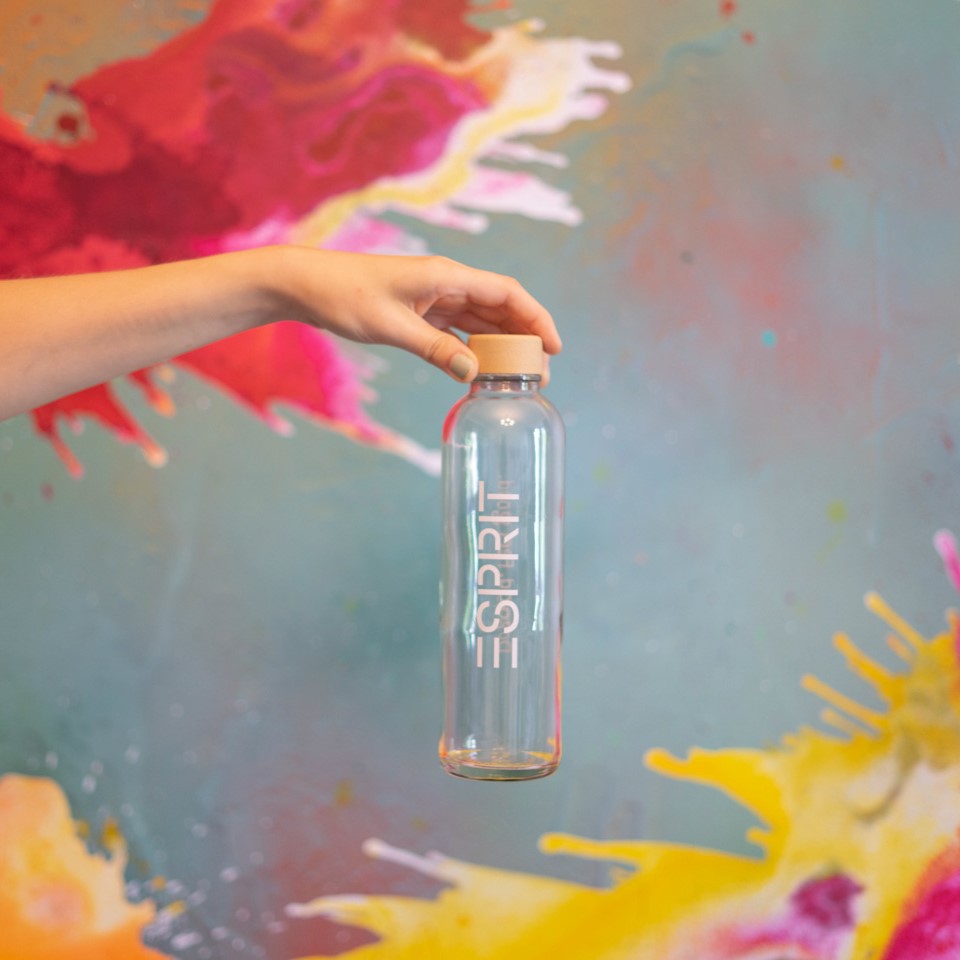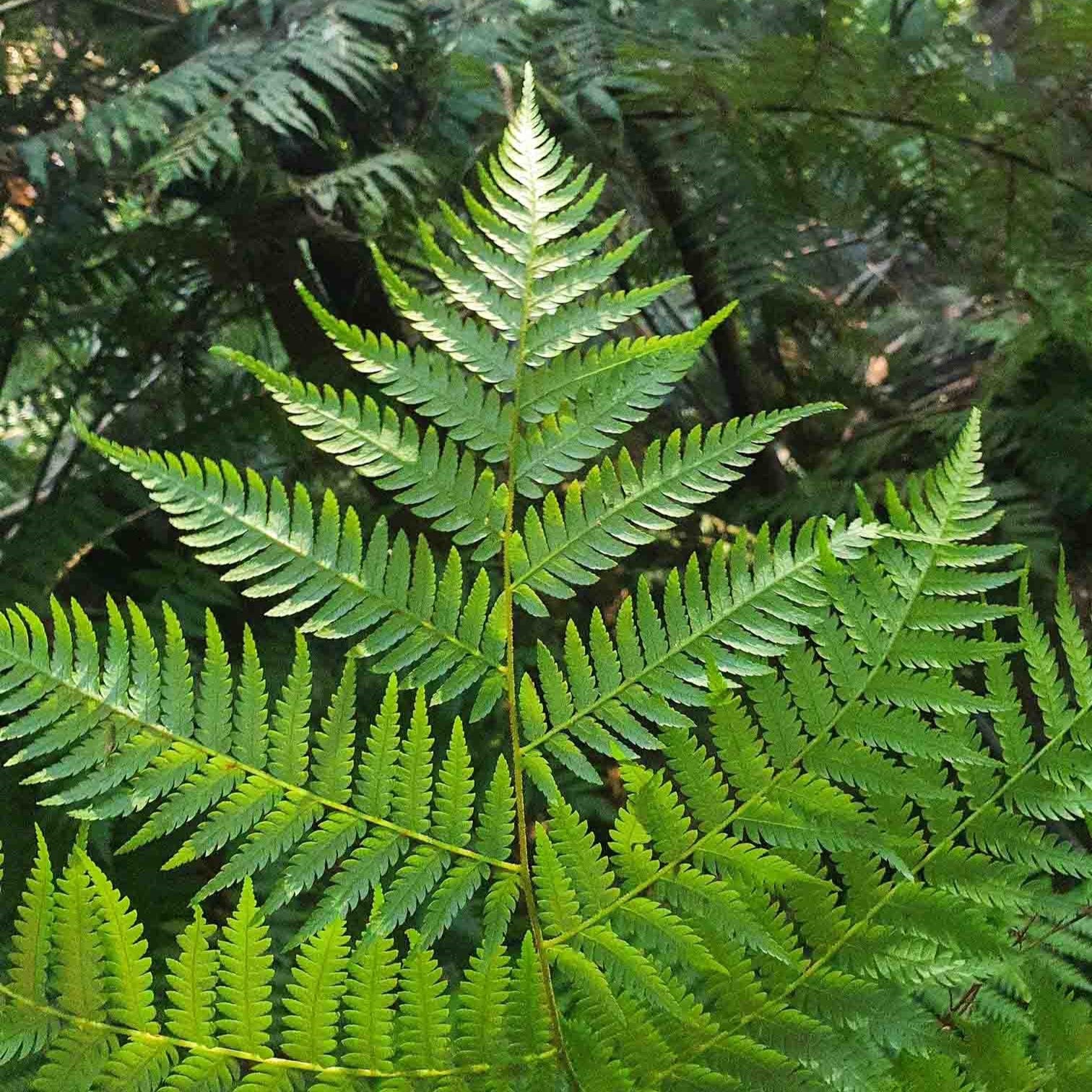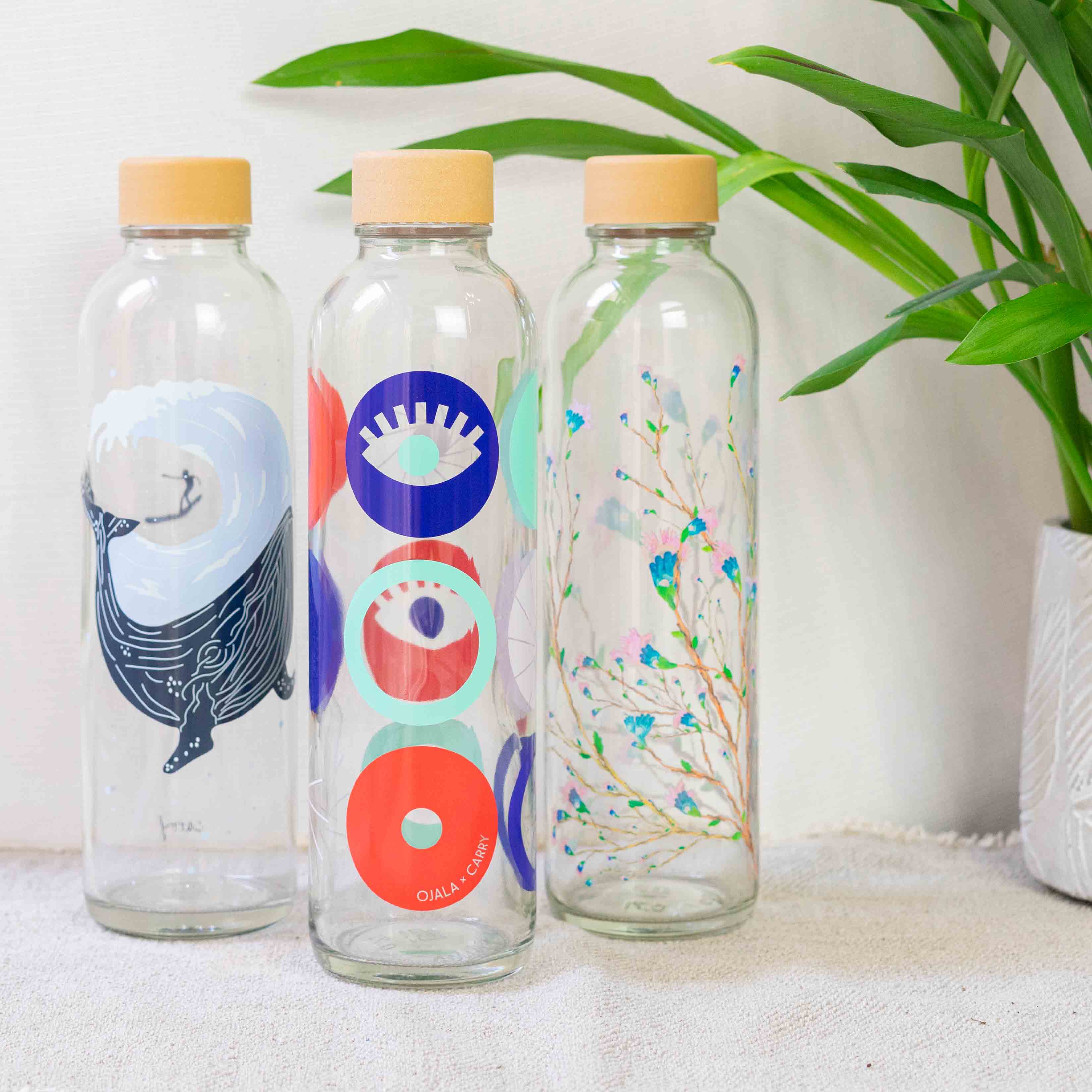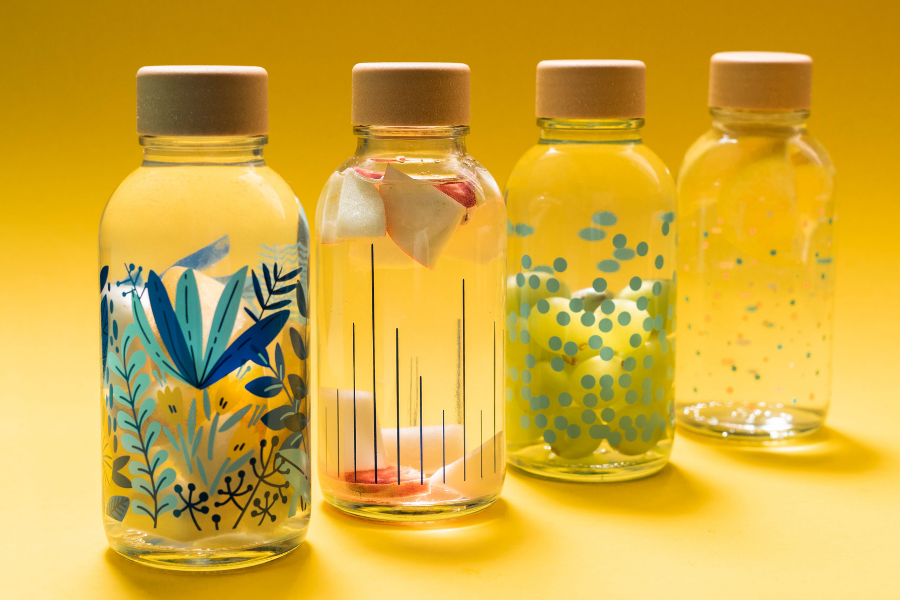Drinking enough water can be a bit boring in the long run? Our friends from a tip:tap started their nationwide Drink the Summer! campaign in mid-August to promote the water revolution and show that tap water is anything but boring!
A tip:tap builds drinking fountains throughout Berlin, provides educational work in the area of (tap) water and campaigns for the nationwide water transition. We love working with organizations and companies like a tip:tap because we can support each other on the way to a plastic-free, more sustainable world!
Today we are taking the a tip:tap campaign as an opportunity to spice up our tap water together. Sustainable shopping is important to us! That's why we are not only looking at taste and health aspects, but also at the seasonality and regionality of our ingredients for the so-called infused water. Infused water is also called "flavoured water" and is tap water that is flavoured with fruit, vegetables, herbs and spices - we'll take a closer look at that.

Sustainable water
Tap water is the perfect thirst quencher: regional, packaging-free and of top quality. By using food from the garden or green spaces in our area, we protect the climate and resources. This saves on packaging, storage and transport. The CO2 emissions from one liter of tap water are 0.35 grams and from one liter of mineral water they are 202.74 grams! This was discovered in a study initiated by a tip:tap and shows that the emissions from mineral water are 586 times higher than from tap water!!
In addition, the tap water in Germany is of excellent quality and we save ourselves the hassle of lugging crates around. Tap water is also healthier than juices and soft drinks because it detoxifies the body, keeps you awake and fit - without any additives or sugar.
Seasonal throughout the year
What do the terms regionality and seasonality actually mean and how can we implement them? Seasonality is the natural and seasonal conditions in agriculture, such as temperature and rainfall. So what grows when and where? When we look around in the supermarket, we might think that everything is in season all year round. But at what price is that the case?
We are dependent on long transport routes that generate emissions and have our food grown in regions that already suffer from water shortages. That is why regionality plays an important role alongside seasonality. Because the fact that something is available seasonally must of course always mean that it grows outdoors or in an unheated greenhouse in Germany.



Eating regionally is better
Regionality is important for the sustainability of a product, but what exactly are regional foods and when are they no longer regional? Many definitions describe a radius of 30 to 50 kilometers as regional, others describe entire federal states or even the entire German-speaking area.
For us at CARRY, for example, regionality means producing in Lower Saxony. The bottle production, the printing of our bottles and also the used glass that we use for our glass bottles come from a radius of around 40 km around the town of Hehlen. And of course we want to keep it that way with the fruit and vegetables that we fill into our CARRY Bottle! :)
Seasonal & regional travel in September
Most people know that avocados don't grow around the corner and that strawberries don't grow well in winter. Anything beyond that becomes more difficult. That's why we like to use seasonal calendars, which are often available online for free.
In September we find the best of summer and autumn: all kinds of berries, apples, pears and grapes grow. In the vegetable garden, radishes, spinach, fennel and cucumbers grow, which can spice up your drinking water. It is important that you use organic food that ends up in your drinking water to avoid contamination by pesticides.

Our particularly appealing tip is edible flowers! Nasturtium flowers, rose petals and daisies are edible. At the beginning of summer it is elderflowers, forget-me-nots and apple blossoms. They look beautiful in your CARRY Bottle and also have positive side effects, such as elderflower, which has an anti-inflammatory effect. Of course, you can also add a variety of herbs and spices to your water, such as mint, basil, rosemary and ginger.
But what does that mean exactly?
No matter what ingredients you put in your water, it is important to chop them up or cut them into thin slices. This way, the taste, vitamins and other valuable ingredients can be transferred to the water particularly well. And so that we can also be exemplary when it comes to zero waste, we fill our CARRY Bottle with water several times. After drinking all the ingredients, we use them in muesli or fruit salad, for example, or eat them as a snack between meals.
One of our favorite combinations for September is raspberry-currant-mint, which is best prepared in the evening, left in the fridge overnight and enjoyed fresh the next morning. Check out a tip: tap for more recipes - it's worth it!
If you have a personal favorite recipe for your infused water, please send it by email to wasserwende@tiptap.org . Or show it to us on social media using the hashtag #trinkdensommer. For a repost, please link us with @tiptap (Facebook, Twitter) or @a_tip_tap (Instagram) and @carrybottles (Facebook and Instagram) ☀️
So what we can learn for the future is that tap water is anything but boring!
Because infused water not only looks great and tastes summery, it also protects the climate and saves a lot of plastic waste with your CARRY Bottle! Seasonal, local food is good for you and the environment - and it tastes even better! We are making a contribution to environmental protection with delicious and colorful tap water. Are you in?







